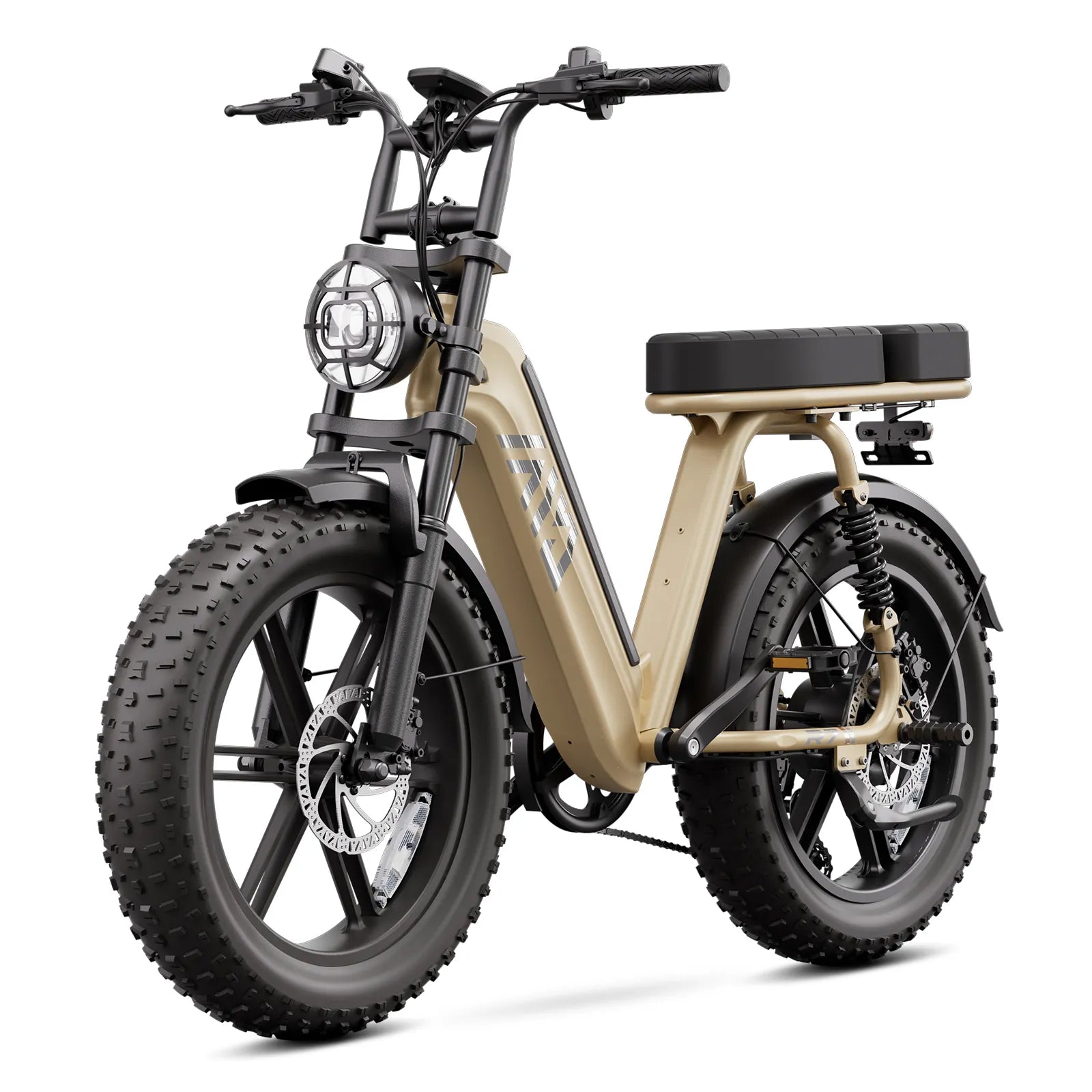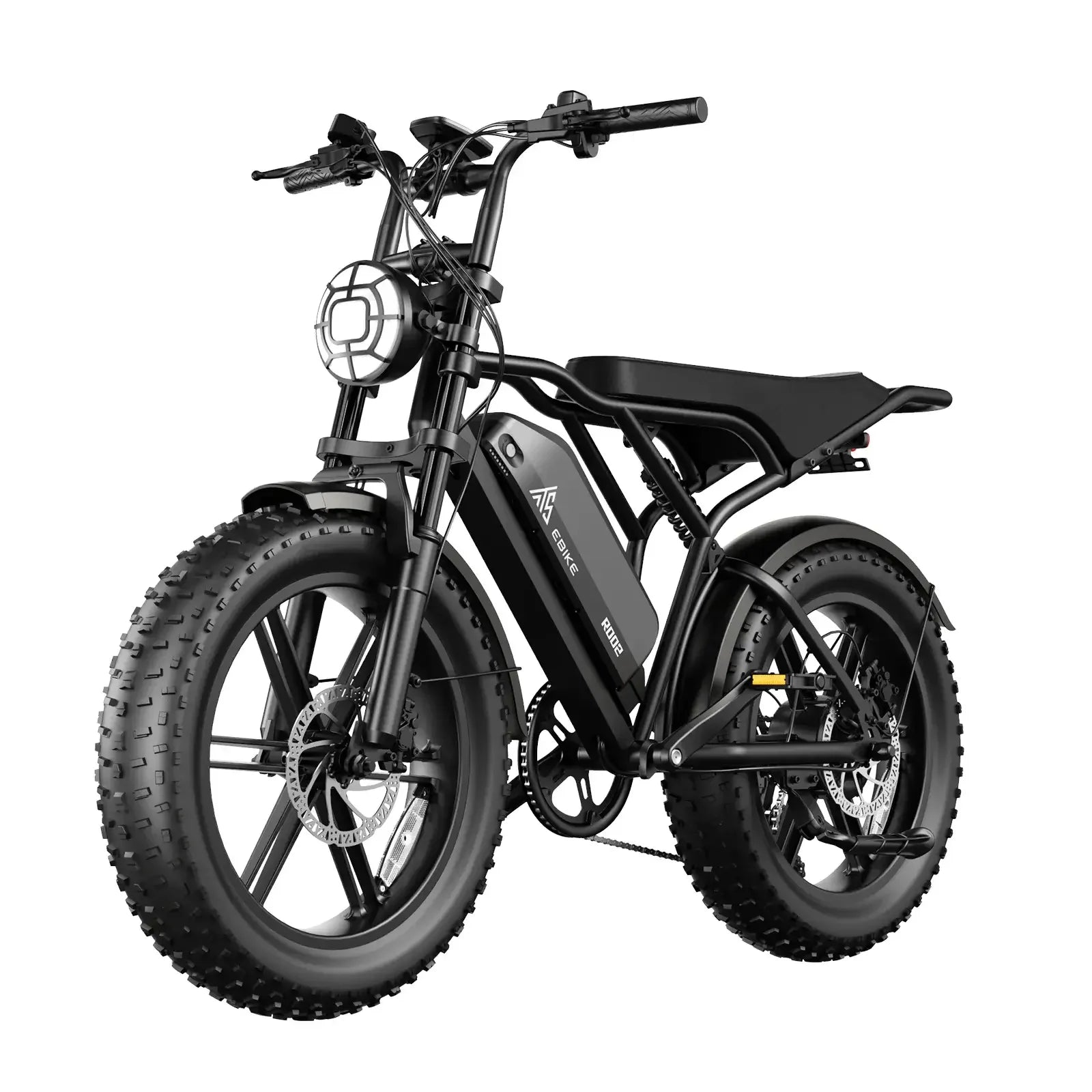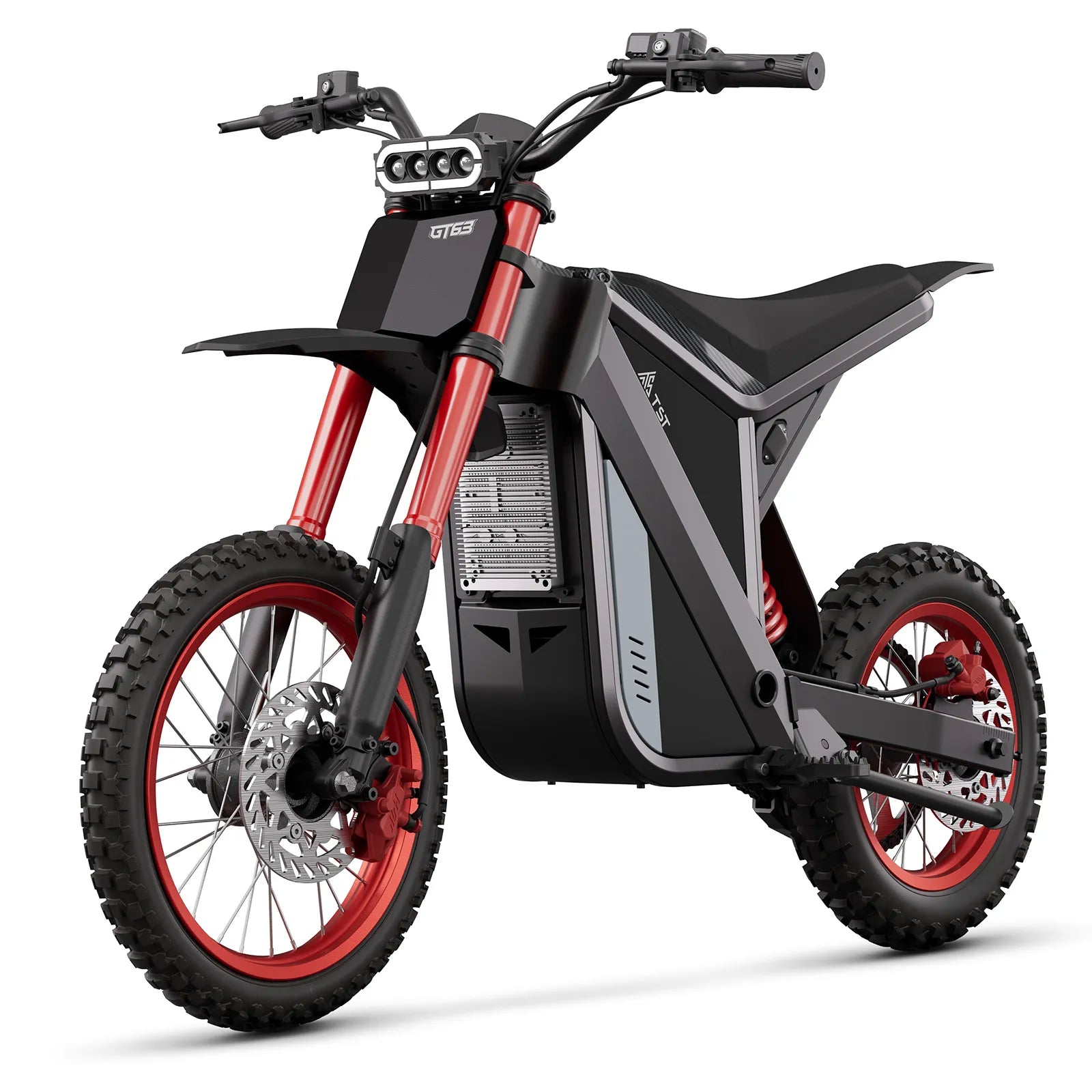A 48V fast-charging fat tire ebike is highly efficient due to its ability to deliver higher torque, reduce current draw, and enable quicker charging. This setup is ideal for powering the bulkier frames and wider tires of fat tire ebikes, ensuring smoother rides, better power use, and longer battery life.
What Advantages Does a 48V System Offer for Fat Tire Ebikes?
A 48V system in a fat tire ebike reduces current draw while increasing torque and acceleration. This leads to less heat loss, improved energy efficiency, and better hill-climbing ability. It also ensures more consistent and stable power output, especially on off-road and uneven terrain.
Chart: Voltage Impact on Motor Performance
| Voltage (V) | Current Draw (A) | Torque Output |
|---|---|---|
| 36V | High | Moderate |
| 48V | Lower | High |
How Does Reduced Current Draw Improve Charging Efficiency?
Lower current draw means the battery components generate less heat during charging. This enables faster and more stable charging cycles while reducing stress on the battery. As a result, batteries last longer and perform better over time, especially in demanding applications like fat tire ebikes.
How Does 48V Charging Affect Charging Time and Battery Longevity?
48V charging typically reduces full recharge time to 4–6 hours, even for larger battery capacities. This system promotes cooler and more controlled charging, preventing thermal damage and preserving the chemical structure of lithium cells. Overall, it extends battery life and ensures reliable performance after hundreds of charge cycles.
Chart: Charging Time vs Battery Capacity for 48V Systems
| Battery Capacity (Ah) | Typical Charging Time (Hours) |
|---|---|
| 10Ah | 5-6 |
| 15Ah | 4-5 |
| 20Ah | 4-5 |
Why Is 48V Charging Ideal for the Demands of Fat Tire Ebikes?
Fat tire ebikes require additional torque and energy due to their weight and rolling resistance. A 48V setup supports these demands without draining the battery quickly or overheating the motor. It provides high burst power for climbs and soft surfaces while maintaining energy efficiency.
What Role Does Temperature Play in 48V Charging Efficiency?
Charging is most efficient between 20°C and 25°C. In cold weather, chemical activity slows down, extending charging time and reducing range. In high heat, batteries degrade faster. Maintaining a moderate charging environment preserves battery performance and ensures optimal fast-charging speeds.
How Does the TST® Defender 26" Fat Tire Ebike Utilize 48V Charging?
The TST® Defender 26" uses a 48V 15Ah lithium battery with a 1300W motor to deliver fast, reliable power. Its fat tires and rugged frame are ideal for sand, snow, or trail use. The 48V system reduces charging time, improves acceleration, and supports longer rides—up to 65 miles on one charge.
Buying Tips
When buying a 48V fast-charging fat tire ebike, prioritize:
- Battery capacity of 15Ah or more for longer range
- High-quality 48V chargers with built-in safety features
- Motors rated above 1000W for fat tire use
- Models from trusted brands like TST EBike
- Charging in moderate indoor temperatures to avoid battery wear
- Strong frames and suspension systems that match motor power
These features ensure optimal performance, safety, and longevity for a 48V fat tire ebike.
TST EBike Expert Views
“TST EBike designs are built around the real-world needs of riders. Our 48V systems support powerful rear motors and large-capacity batteries that meet the performance demands of fat tire ebike enthusiasts. The efficiency gains from fast-charging are tangible—less downtime, more adventure.”
Frequently Asked Questions
How long does it take to charge a 48V 15Ah battery?
About 4 to 5 hours with a standard charger.
Is 48V better than 36V for fat tire ebikes?
Yes. 48V provides more torque, faster acceleration, and better energy efficiency.
Can I fast charge a 48V battery?
Yes, as long as the charger is compatible and has thermal safeguards.
Does temperature affect 48V charging efficiency?
Yes. Extreme temperatures can reduce charging efficiency and battery lifespan.
Why do fat tire ebikes benefit from higher voltage?
Higher voltage reduces strain on components and supports the added load of fat tires and rugged terrain.





























Leave a comment
This site is protected by hCaptcha and the hCaptcha Privacy Policy and Terms of Service apply.